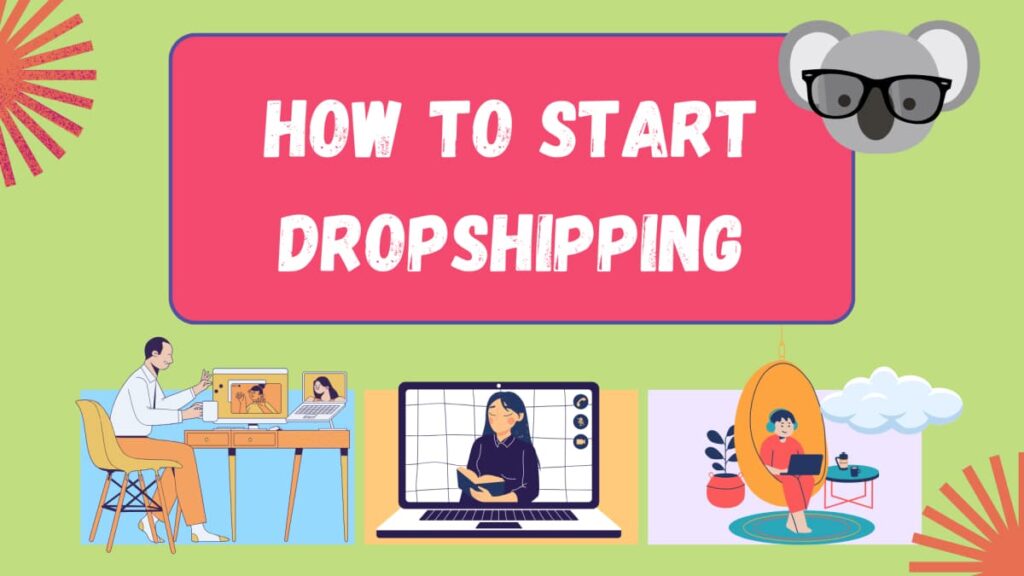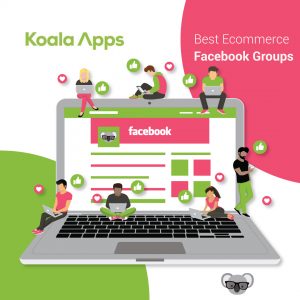Dropshipping and eCommerce have completely redefined what running a business means. Gone are the days where entrepreneurs needed to keep stock of their products to be able to fulfill orders.
Dropshipping puts the power in sellers’ hands, enabling direct sales and high-profit margins without ever needing to worry about warehousing or fulfillment. Not having to hoard inventory and worry about overhead also frees up business expenses, which can be used to generate more sales and revenue. In turn, business owners can use these budgets for ad campaigns or sourcing better products with higher demand.
If you’re a budding eCommerce store owner who sees the opportunities afforded by the eCommerce space but is not exactly sure what you need to do to start profiting, this is the ultimate dropshipping guide for beginners to get you started!
Don’t bother spending your hard-earned cash on dropshipping courses that may not provide the value you’re looking for. It’s not enough to know what dropshipping’s about or how you should go about doing it, you also need to know what the tips and tricks to succeeding are.
Ready to start taking advantage of the best eCommerce tools in the market to get your dropshipping business going? Let’s go!
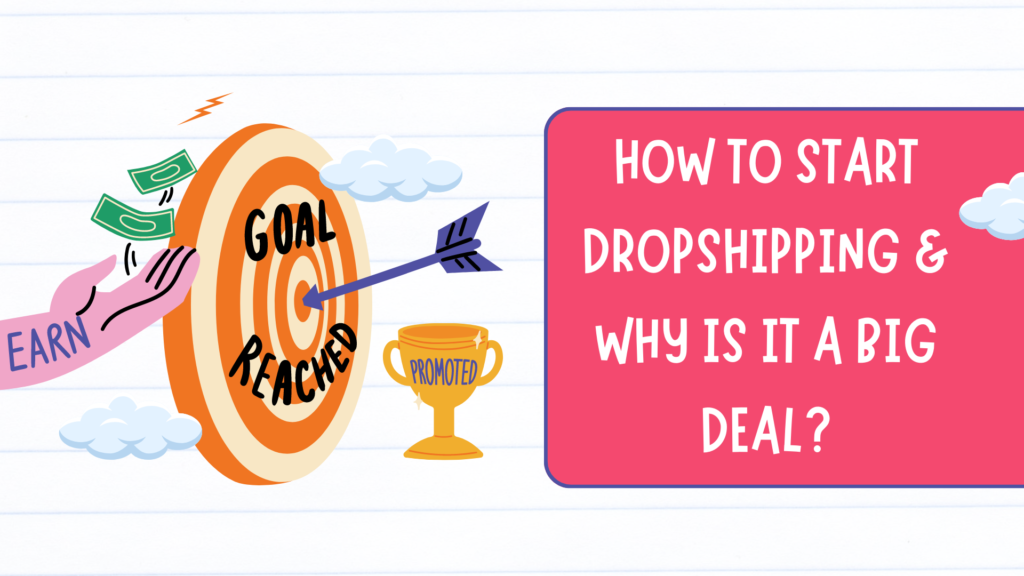
I. How to start Dropshipping & Why is it a big deal?
Still not convinced dropshipping is a viable business model that can reap incredible rewards and help you generate huge profits? We’ll let the statistics speak for themselves.
- Around 27% of online retailers worldwide now adopt dropshipping as the primary order fulfillment method!
- That means that 1 in 4 stores you come across online are likely to be dropshipping businesses, and the popularity of this business model can be expected to increase as more are finding out that it’s a legitimate, surefire way to make great money.
It’s easy to see why dropshipping is regarded as a big deal, even in 2023. Here are some of the benefits of dropshipping and why you should start your own eCommerce store this year.
How to Start Dropshipping: Easiest Online Business Model
It’s a win-win situation! The costs of starting your own dropshipping business and the barriers to entry are low, given that you do not need a high capital to get started. All you need is a reliable supplier, a well-priced and demanded product, an attractive eCommerce site, and ad campaigns, and you’re good to go. Who said running a business needs to be complex?
Cut Out Overhead
Brick-and-mortar business owners will know how much of a hassle it is to worry about inventory and hiring employees just to keep their stores running. With dropshipping, you’re totally in control and are the boss: you can even go solo and run a one-man show. You get to eliminate overhead and start profiting early on.
Change your strategy easily
Have trouble selling your chosen product? No problem! You can easily change your strategy and pivot to selling a different product on your eCommerce store when you’re dropshipping. There is no need for you to commit to a single product since there’s no inventory and minimal overhead involved, making it a simple and fuss-free process to switch things up and ensure business longevity.
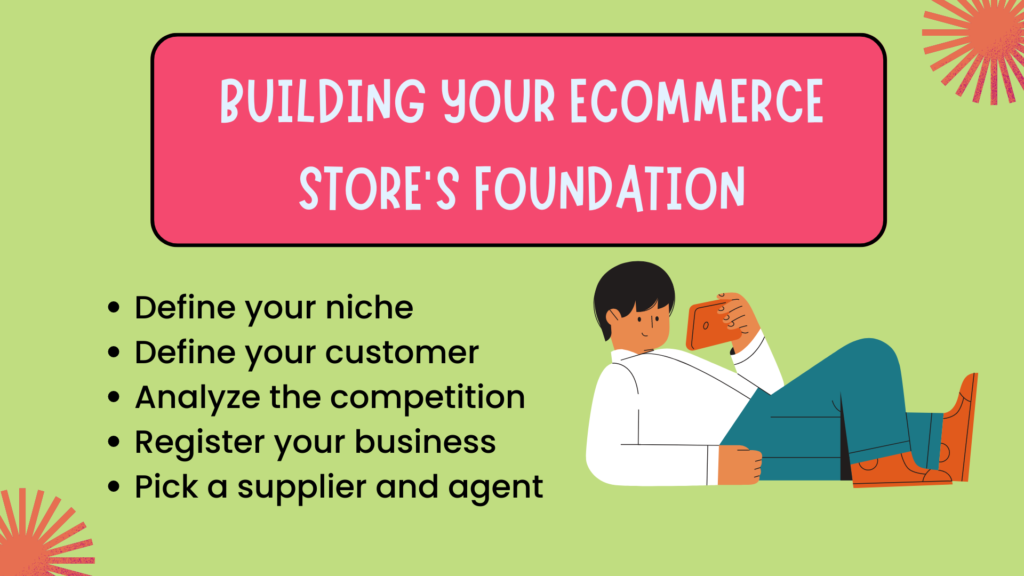
II. How to Start Dropshipping: Building your eCommerce Store’s Foundation
There are several things you should do to you get started with dropshipping in 2023.
Define your niche
As with all things in life, consistency is the key to attaining success in the world of dropshipping. In order to succeed in the eCommerce space, you need to select a niche that appeals to you and that has high levels of interest among customers so that you consistently get sales and profit. This is an important stage that you cannot afford to skimp out on!
At this stage, you should:
- Choose a product with a high-profit margin
Maximize your profits by picking your product wisely! Instead of selling products that are perceived to be cheap and which you cannot increase prices on, you should opt to sell goods that customers are willing to pay a premium for.
- Analyze search data and trends to gauge interest in the market
Don’t go into dropshipping blind! The worst thing you could do is start selling without having done your due diligence and proper research. By analyzing search data and trends, you will have a better and more accurate representation of customers’ interests and whether or not your products will take off. Set yourself up for success by putting the groundwork in right from the beginning.
- Conduct A/B Testing to select the best product to sell
Not sure what you should settle on selling? You could always do an A/B test and sell both at the same time, before deciding which is more viable in the long run. Or, if you’re game for it, you could always sell both if they turn out to be profitable! It all depends on your needs and how you wish to scale your store.
Define your customer
Who exactly are you selling to? Once you have defined your niche, you need to identify who your buyers are and craft the buyer persona. What are their spending patterns like and how can you appeal to them? Using the information gathered, you can tailor your branding to capture a wider customer base.
It’s crucial to be aware of what your target audience wants and is attracted to, so you can get them to spend on your products.
- For example, if you are selling leather wallets to men aged 25-35, you can opt to include men in suits in your website’s images.
- On the other hand, if you’re selling glow-in-the-dark toys marketed to children, you’d want to opt for colorful and vibrant imagery.
By knowing who you’re selling to, you’ve got half the battle won! Understand what they need and craft your strategy accordingly.
Analyze the competition
Low barriers to entry in the market also mean that dropshipping is a competitive and saturated field. Everyone wants a slice of the eCommerce pie, especially since it’s such a lucrative venture that is flexible, easy to get into, and promises great rewards.
Hence, if you’ve set your mind on making your way to the top and beating out other sellers, it is essential to analyze your competition and see if your store can compete with other sellers. Is there even enough interest in your product in the first place? Will it sell? These are questions you must consider and find the answers to.
A product that has stiff competition is also likely to have higher demand among customers. Keep these factors into consideration when you conduct your analysis.
Register your business
Like any other business venture, you must register your eCommerce dropshipping store if you want to proceed to the next steps, such as picking a supplier. Suppliers will only work with you if they have the assurance that you’re a legitimate business and won’t bail out on them in the process. Go ahead and register your store in accordance with local guidelines!
Pick a supplier and agent
How do you decide which supplier you should work with? There are many dropshipping supplier directories and dropshipping agents available online, including Oberlo, CJdropshipping, Supplymedirect, and DropnShop.
You need to consider different factors like where the agent will ship the goods from and how this will affect delivery time, and if they are able to dropship products within the niche you have identified.
III. Building your dropshipping store
Once you’ve followed all the above steps, you’re all set! The next big hurdle is to set up your Shopify store to start dropshipping. If you’re new to using Shopify, it is an intuitive platform that is simple to navigate.
Get Started on Shopify
First, you’ll need to create your Shopify account to get your store going. You’ll need to have your store’s name ready and key in some personal particulars to complete the process.
Once you’ve got your store ready to go, you’re free to let your creativity run wild and control any part of the process! Here, you can start to add products, design the look and feel of your new store, set up the domain, and more.
How to Start Dropshipping: Select an Attractive Shop Theme
In order to ensure SEO-friendliness and create a well-optimized and enjoyable customer journey, you need an appropriate and attractive Shopify theme for your new dropshipping store. Luckily, we’ve already done the tough work of compiling the 33 best Shopify themes for you!
Whether you choose a simple and minimal theme or one that allows you to use as many visuals as you want, it’s most vital to make sure it’s a design you can be proud of and that will keep your customers coming back.
Up Your Game: Use a Shopify Theme Detector
Don’t stop at just finding the best theme out there. Find out what your competitors are using, and if it fits the bill, you can opt for the same theme! Using Koala Inspector, you can detect themes and find out which themes are best in creating a pleasant user experience and lead to high conversions.
IV. Attracting Customers to Your New eCommerce Store
You’ve got your target buyer persona crafted, your niche selected and zeroed in on and your store configured and designed. What now? Once you’ve accomplished all the above steps, you’ll need to attract customers to your store and get them to actually buy your product. There are countless methods to market your store and run your own ad campaigns. We recommend using an omnichannel marketing strategy.
How to Start Dropshipping: Omnichannel Marketing Strategy
Once your store is set up, you need to devise an appropriate marketing strategy to get the word out and attract buyers to your storefront. Creating an omnichannel marketing strategy is the key to success.
Omnichannel marketing brings together different marketing channels to attract customers and form a brand experience that is consistent across the board.
The benefits of using such a strategy include:
- Improved customer journey and satisfaction levels
- Better customer retention
- Ability to segment customers and personalize messaging
How to Start Dropshipping: Basics of Digital Marketing for Your Business
There are a variety of digital marketing strategies you can adopt to market your eCommerce business.
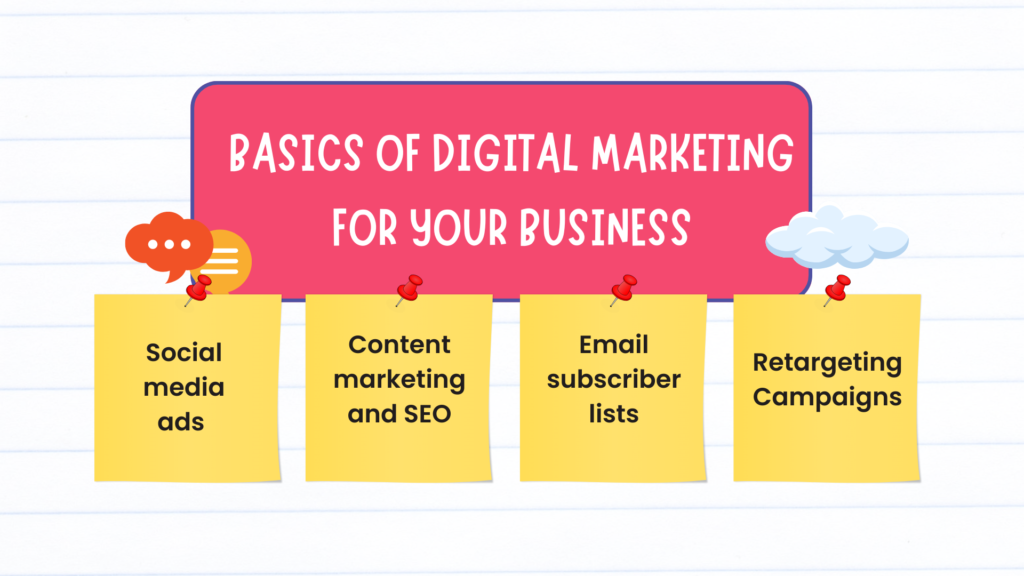
Here are some basic channels you need to have in your marketing arsenal:
-
Social media ads
Running ad campaigns on social media, Facebook, Instagram, TikTok, and more, is highly effective as you can target buyers who have certain buying patterns or have demonstrated a keen interest in certain products or brands. Ads on these platforms are also customizable and effective, stretching your ad budget to maximize return on ad spend.
-
Content marketing and SEO
Having a strong, consistent content marketing strategy and leveraging Search Engine Optimization (SEO) is the way to go when it comes to ranking high on search engine results and queries. You’ll want to capture the attention of buyers who are casually searching for shops to buy products from, converting these searches into sales.
-
Email subscriber lists
Email marketing campaigns can be highly effective. Building a subscription list on your dropshipping store can be a great way to retarget customers and retain them.
-
Retargeting Campaigns
Don’t leave your customers hanging. Those who abandon their carts or don’t buy after browsing the first time may simply need just a little bit more of a push. Putting together a well-budgeted retargeting campaign can really seal the deal and encourage them to buy from your store.
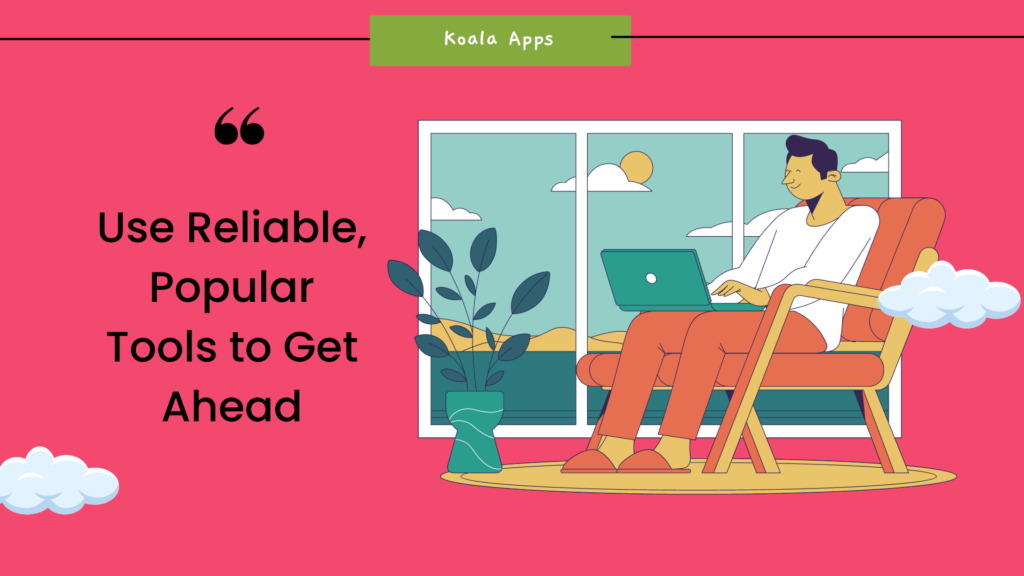
V. Use Reliable, Popular Tools to Get Ahead
The Koala Inspector is the ideal eCommerce business owner’s companion – it will reveal competitors’ secrets including the Shopify apps, themes, and products used to create a profitable store. Using data revealed by our Inspector, you can gain visibility on what your competitors are doing to win customers over, and apply these same techniques to your own store.
More than 100,000 customers are on board with the Koala Inspector and rely on it to get the data they need to be successful! Don’t miss out on opportunities to start profiting and become a successful dropshipper. Install the Koala Inspector today and enjoy the wide range of functions available to you instantly!

